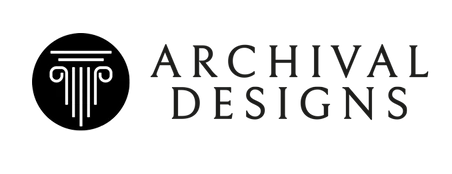Blog Best Practices You Might Be Missing
 Blogging is an important part of SEO for many reasons. Blog posts keep a website “fresh”, provide opportunities to target long tail keywords, keep social media profiles active with great content, and generate natural inbound links to a website. Lots has been written about SEO blogging best practices (target keywords, optimize the content, be mindful of appropriate length, share in social, etc.).
Blogging is an important part of SEO for many reasons. Blog posts keep a website “fresh”, provide opportunities to target long tail keywords, keep social media profiles active with great content, and generate natural inbound links to a website. Lots has been written about SEO blogging best practices (target keywords, optimize the content, be mindful of appropriate length, share in social, etc.).
While these things are extremely important, and we’ve written about them plenty here on the blog, there are some blogging best practices that we see a lot of website owners skipping, and in most cases, it’s simply because they didn’t think about them or realize that they were doing anything wrong. Here are some blog best practices you might be missing:
Include social sharing buttons
You spend lots of time and effort writing awesome blog posts – don’t you want as many people as possible to see them? Visitors will be more likely to share your blog posts to their social media feed if you make it easy for them to do so by including social sharing buttons on every post. You don’t need to include links for every single social site that exists since that causes unnecessary clutter, but you should include the most important ones based on your target audience (for example, LinkedIn is a must for B2B, Pinterest, not so much).
Have a comment strategy in place

The first step is to decide if you want to allow comments on your blog posts in the first place. Many bloggers decide that it’s easier just to disable comments so it’s one less thing to worry about, although in some niches allowing blog comments is a great way to form a sense of community on your blog. If you do decide to allow comments, it’s important that they go through a manual review process before being posted to ensure that spammy/inappropriate content isn’t getting posted on your site. And once you allow a comment through, it’s advisable to respond to the comment, especially if a question is asked.
Include author information
Some company blogs list the company name as the author on all blog posts. There’s technically nothing wrong with that approach, however it’s nice to include the name of the person who actually wrote the post with an image and a brief bio. This puts a name and a face to the company, proving that there are real people behind the company name and logo!
Keep categories to a minimum
Having blog category pages is great from a user perspective since people can easily navigate to the content that they’re most interested in. However, too many categories defeat the purpose by making things too confusing. It also just doesn’t look good to have an extremely long list of categories running down the side of the blog page.
To make the most of a blog for SEO purposes, in addition to posting great content, the blog itself should be clean and user friendly which is why following these blog best practices is important.
Categorized in: Content Marketing
LIKE AND SHARE THIS ARTICLE:


























































